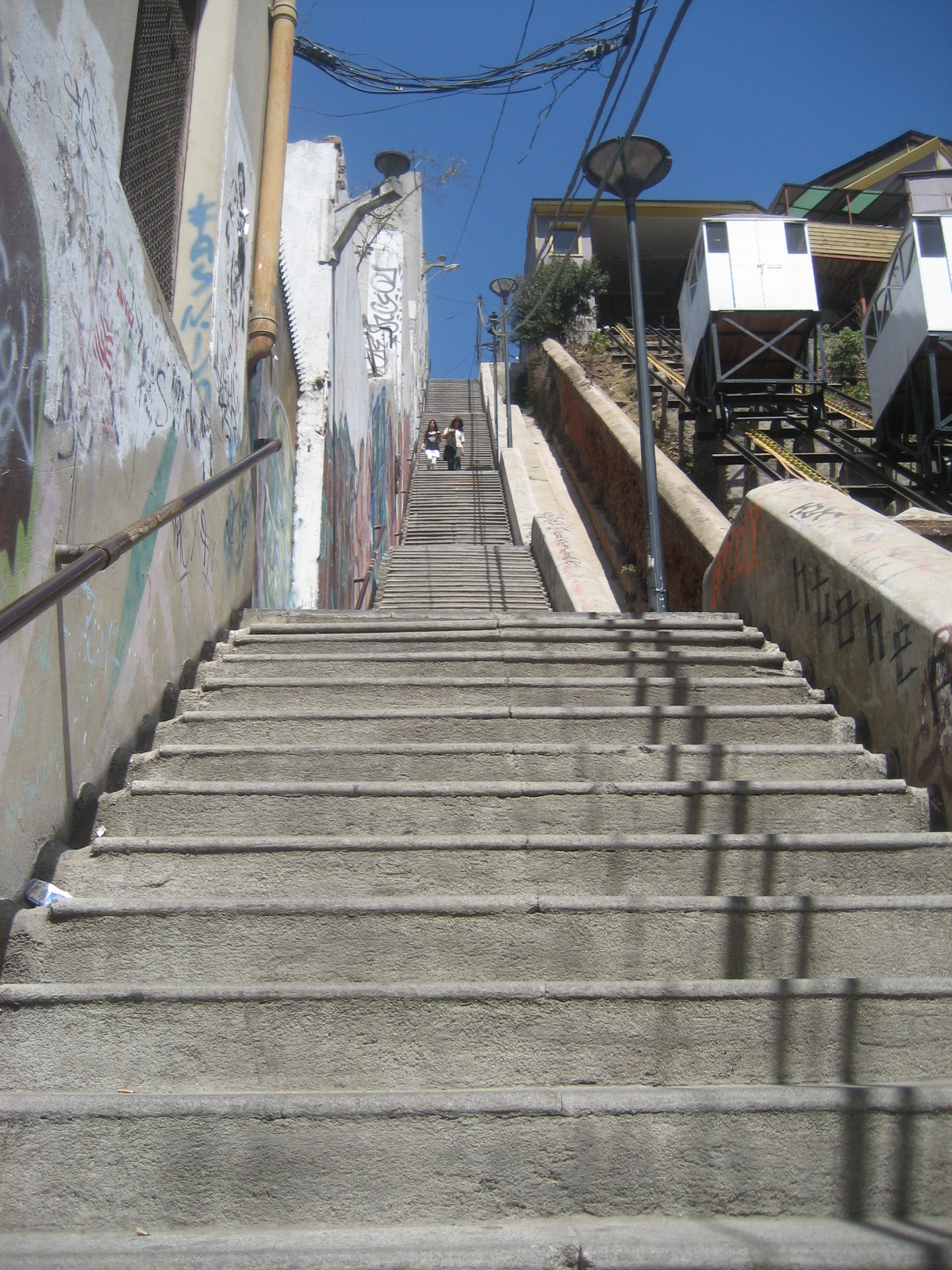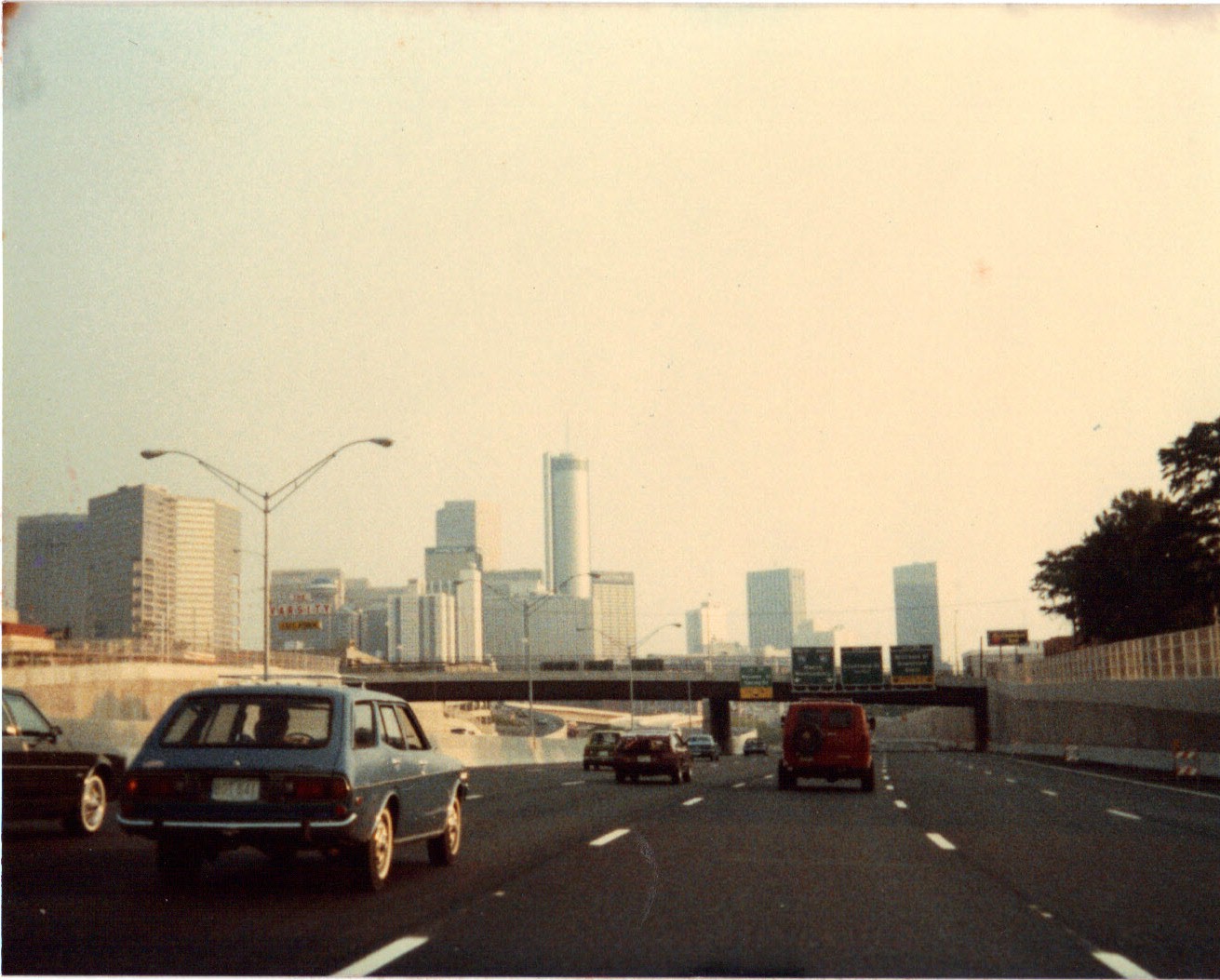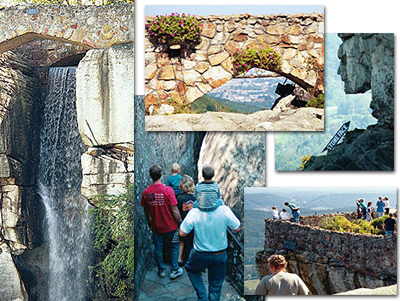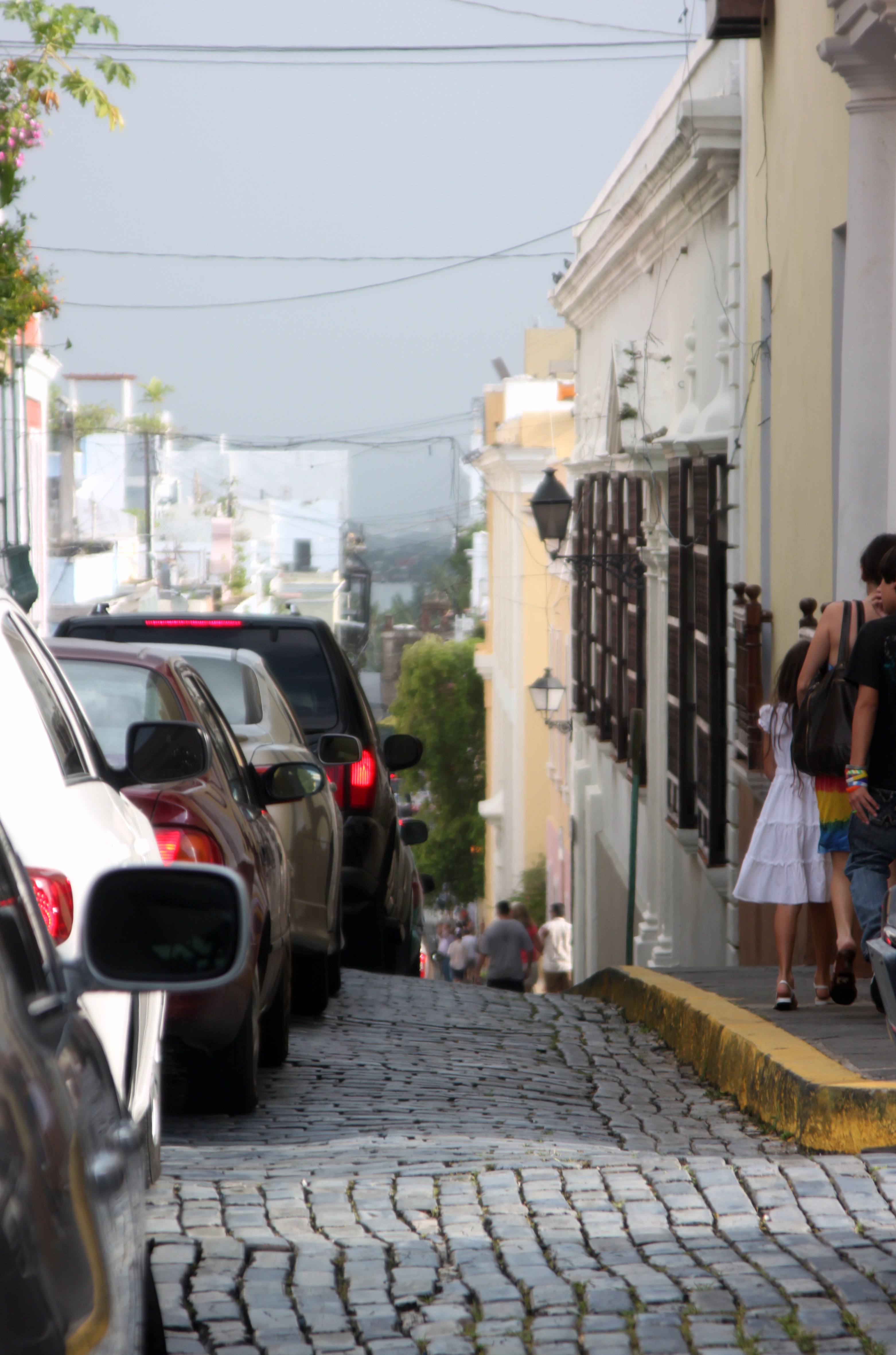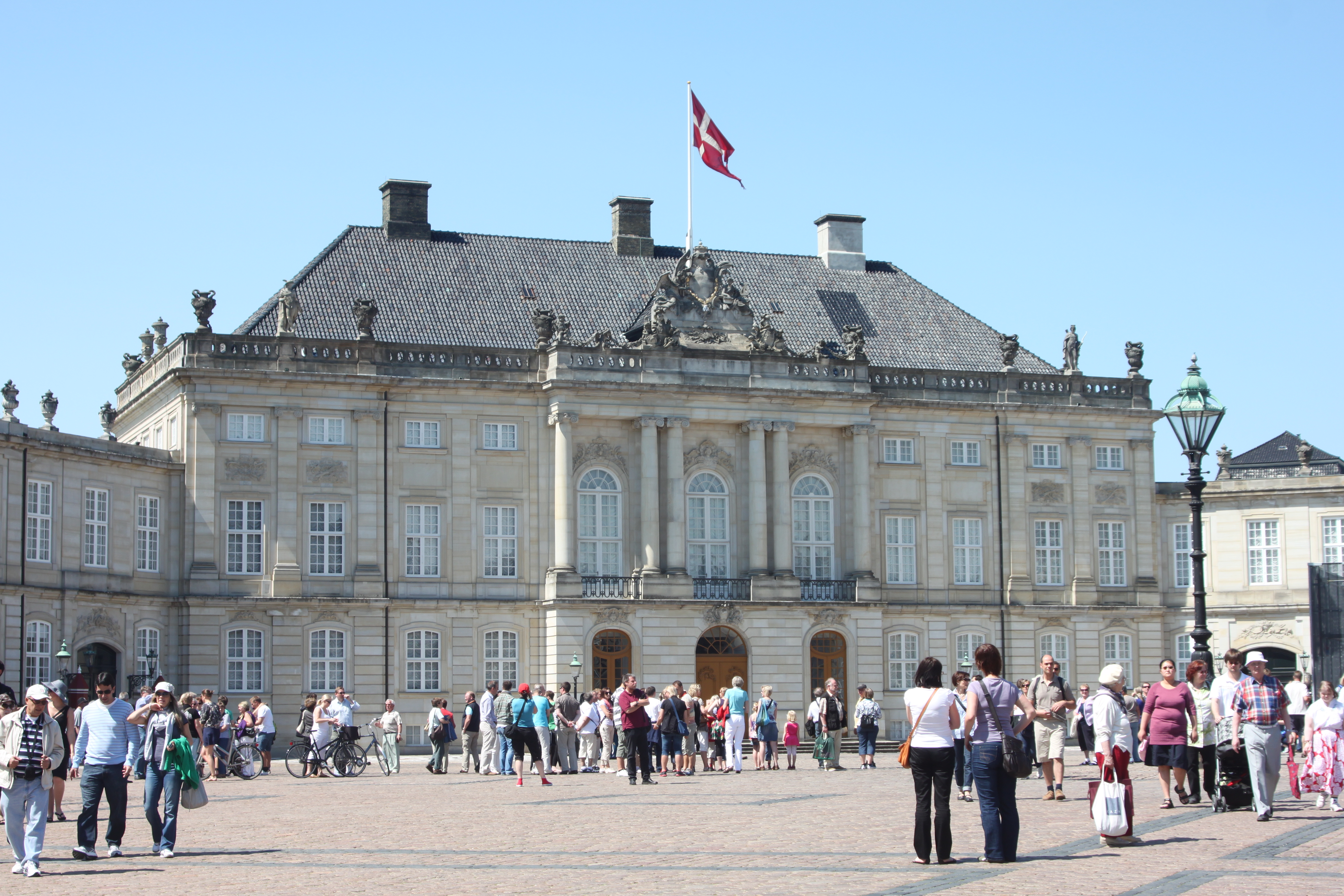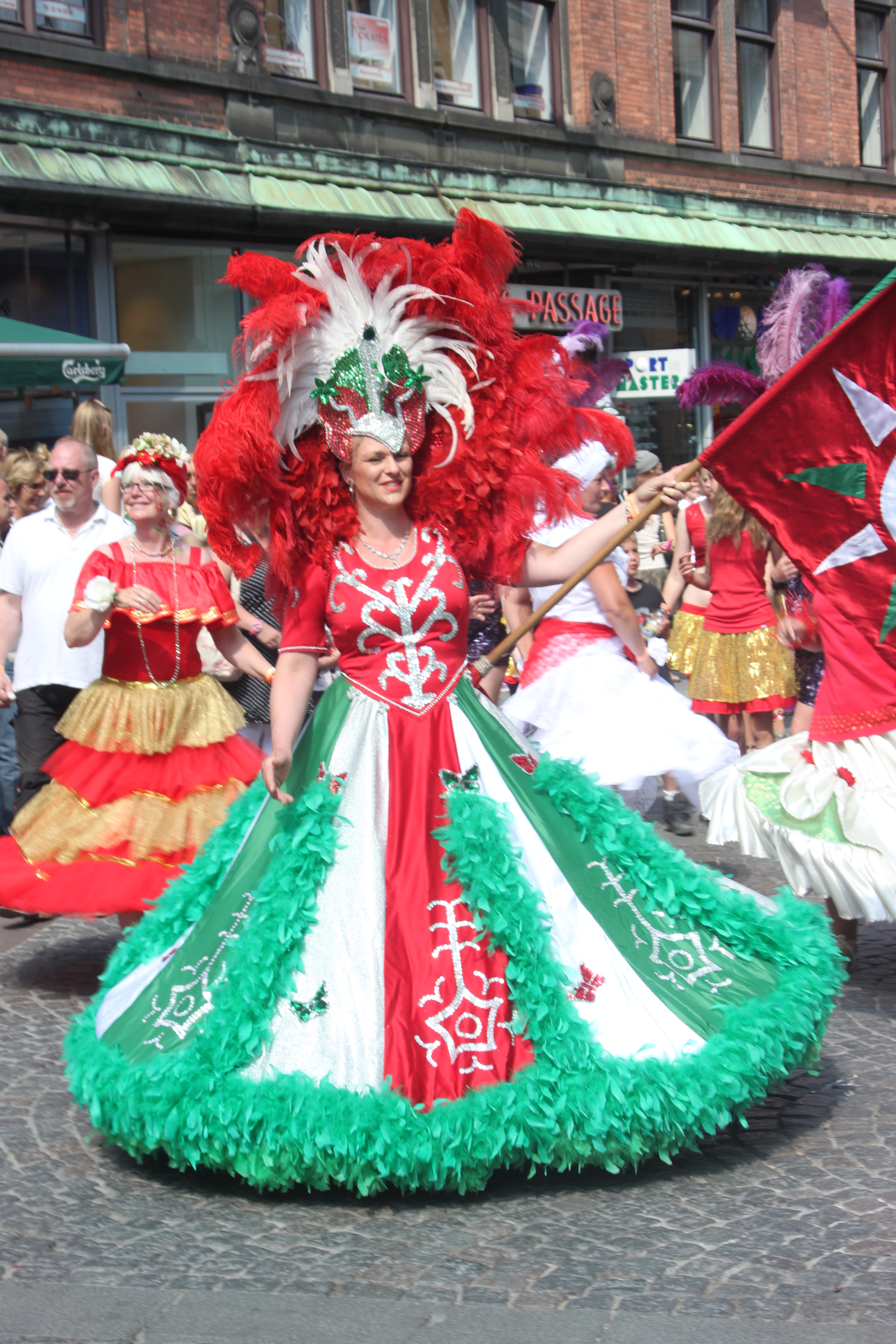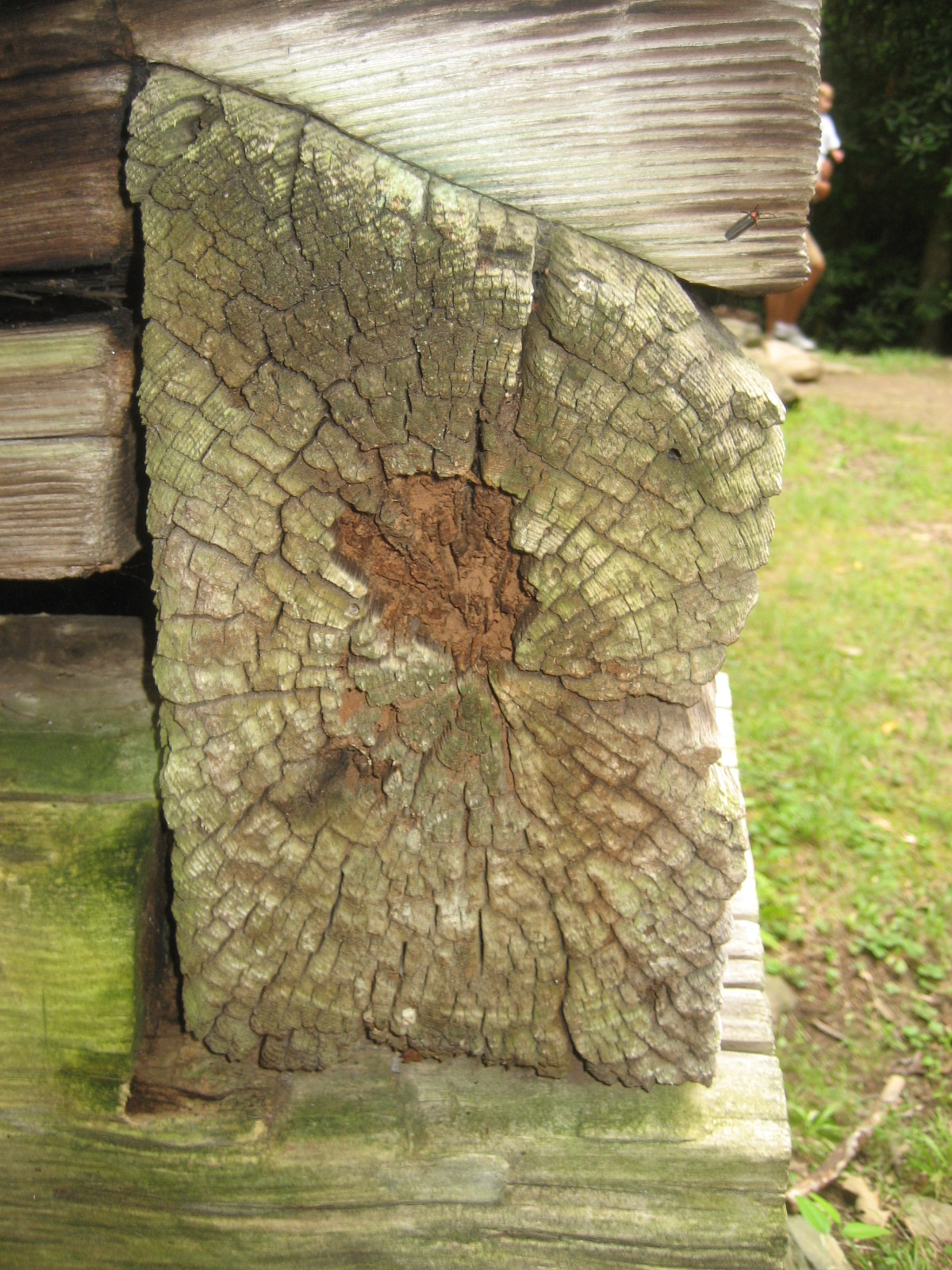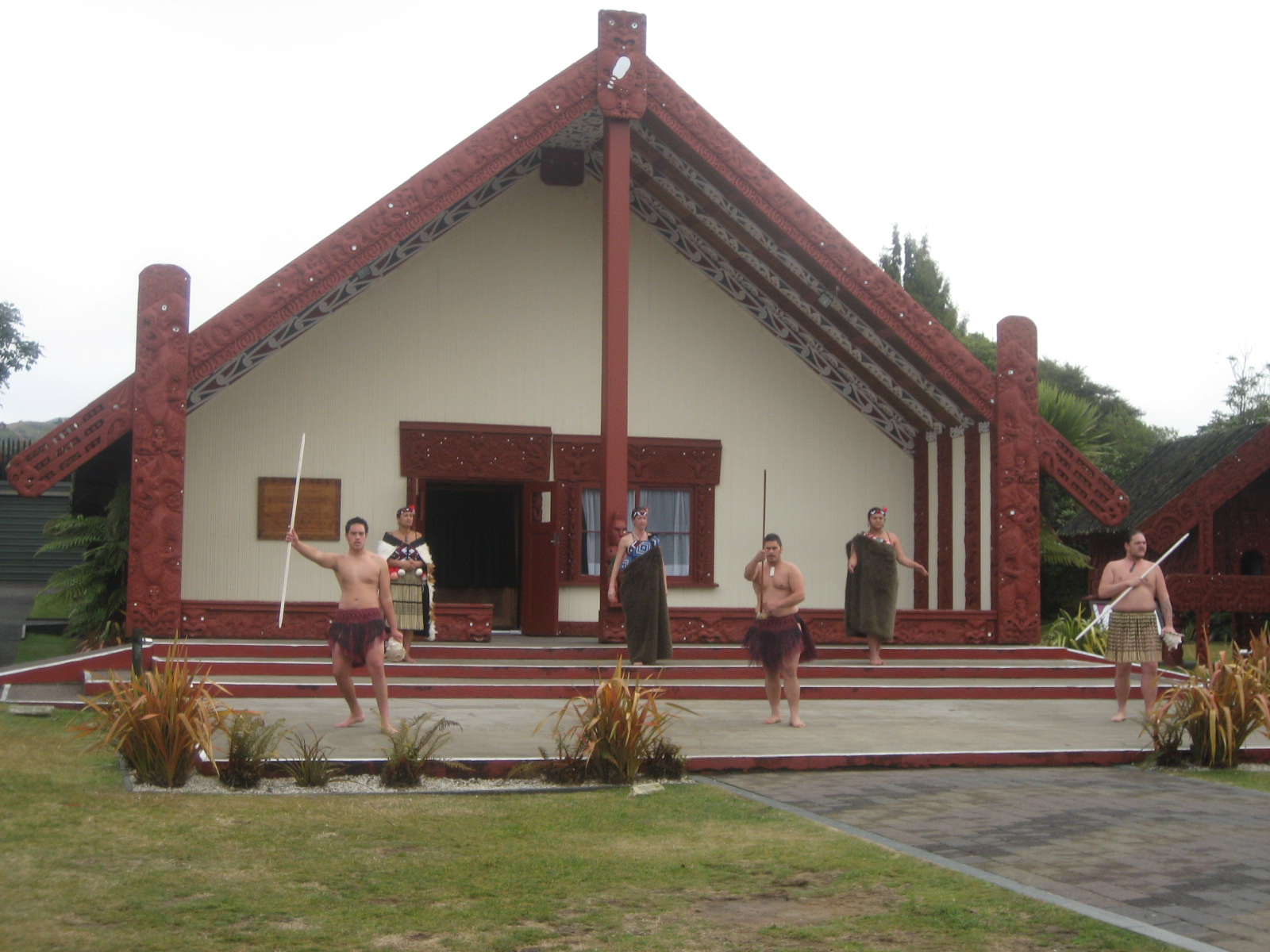Visiting Chateau Ducru Beaucaillou in St. Julien was a neat experience since we got a private tour. But, of course, my eyes go to the grapes and the vines. Thinking how these little round things will produce a wonderful liquid for us humans to enjoy… This picture is to not me about perfection in photographic technique but about the grapes, full of color, full of pulp, and ready to be taken…








